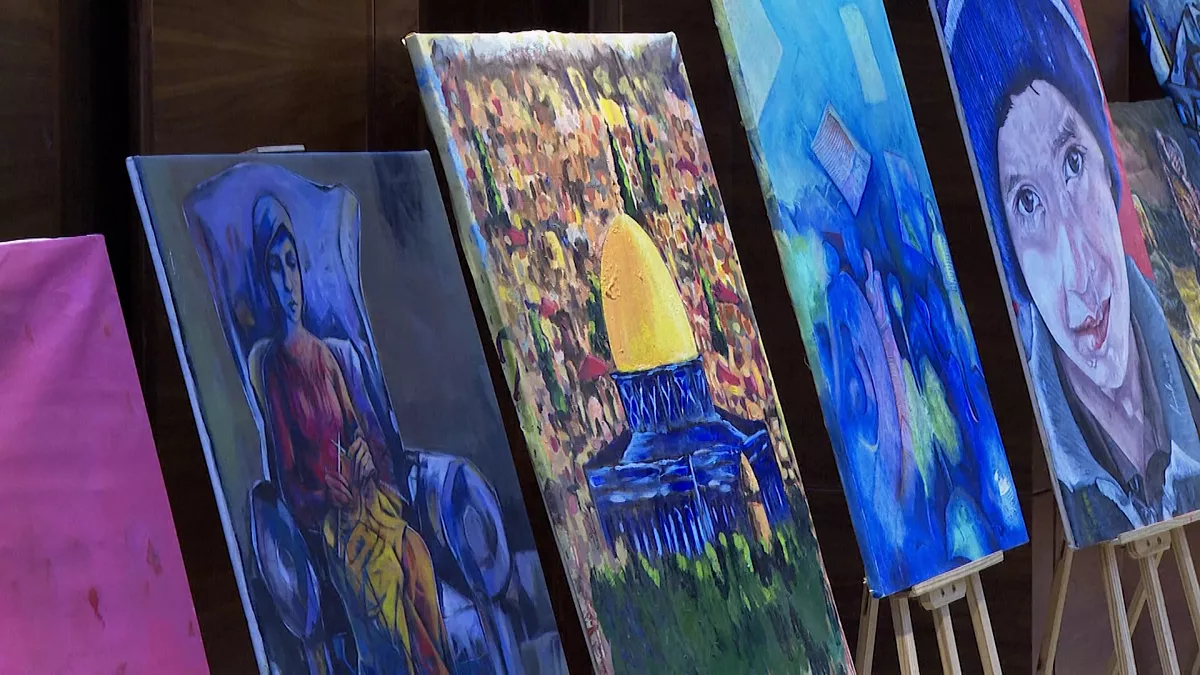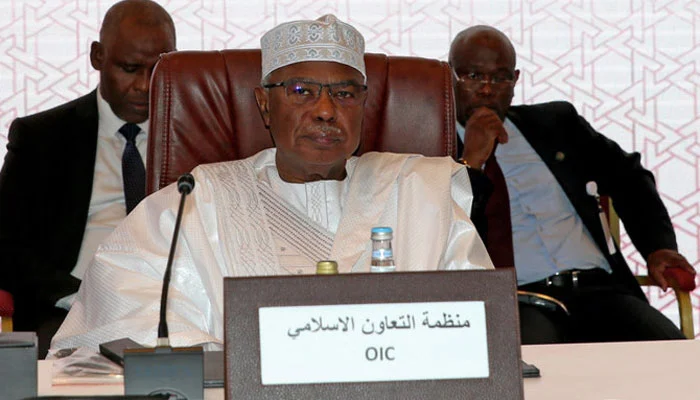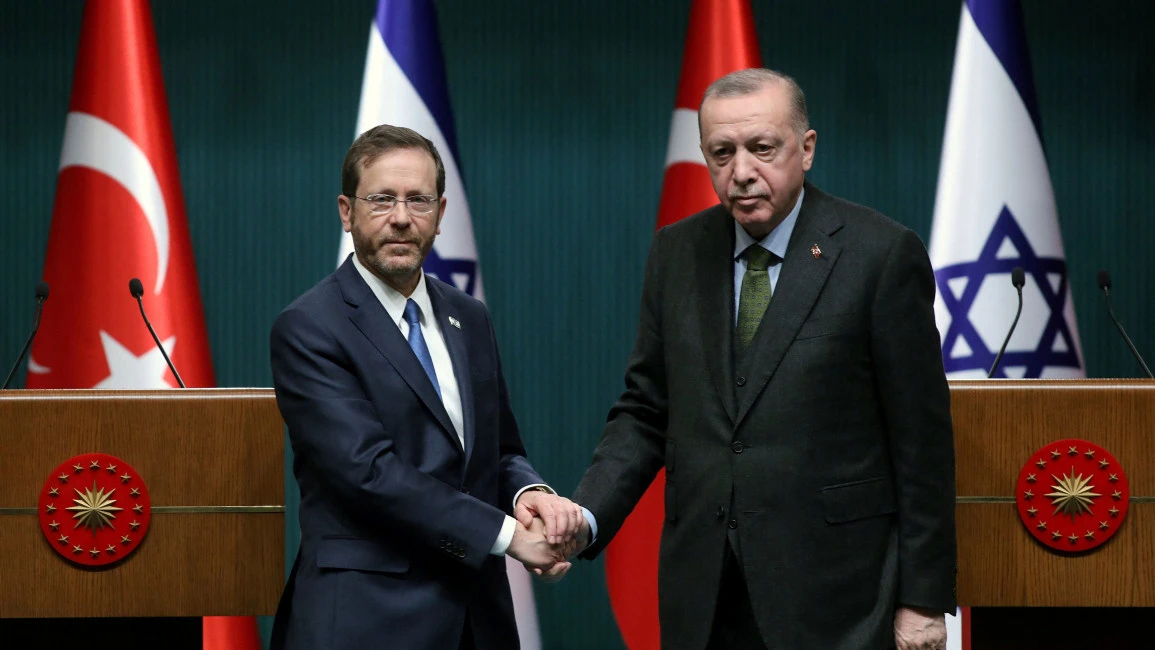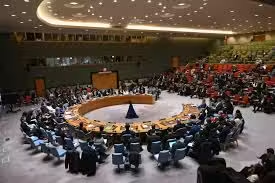“This is not an exhibition,” declares the sign at the museum’s entrance, emphasizing the unique nature of the showcase. Ehab Bessaiso, a former culture minister and board member, explains that the initiative aims to preserve the cultural heritage of Gaza, which has faced destruction due to the ongoing conflict.
The museum has gathered works, ranging from contemporary pieces to traditional paintings, costumes, and archaeological artifacts. According to Bessaiso, the collection represents a new perspective on the Gazan artistic scene, providing a response to the challenges faced by artists amid the destruction and siege in Gaza.
Highlighting the impact of the war, the Palestinian culture ministry reported the destruction of 24 cultural centers in Gaza, including significant landmarks like the Arab Orthodox Cultural and Social Center and the Al-Sununu for Culture and Arts Association.
The museum’s display, initiated in mid-February, serves as an alternative space for Gazan voices, particularly in the wake of communication blackouts during the conflict. The exhibition features names of 115 artists, with black marks denoting those who lost their lives in the war.
The main exhibition hall vividly portrays the destruction in Gaza, accompanied by a constant buzzing noise reminiscent of Israeli surveillance drones. Traditional dresses, bridal gowns, and artifacts from Gaza, along with powerful paintings by artists like Tayseer Barakat, convey a message of solidarity and resilience.
Barakat’s paintings speak volumes about the harsh realities of war, questioning the loss of lives and the severe restrictions imposed on the people of Gaza. The exhibition serves as a poignant reminder of the connection between the West Bank and Gaza, affirming the existence and resilience of the Palestinian people.
Despite the challenges, the museum administration envisions this project as a beacon of hope, offering an alternative platform for the silenced voices from Gaza, bridging the gap created by the war’s destruction.



